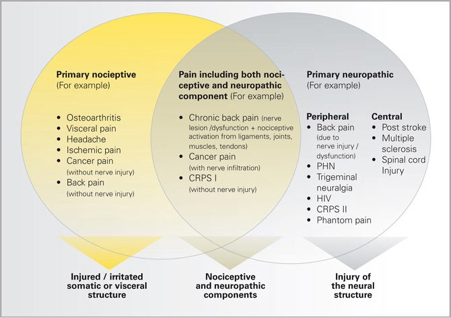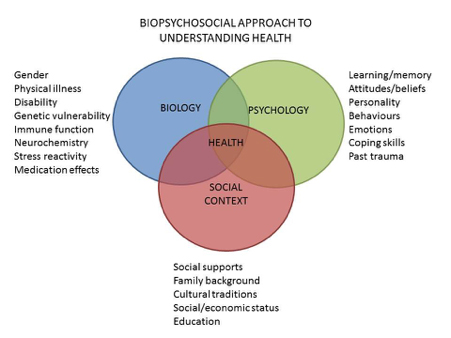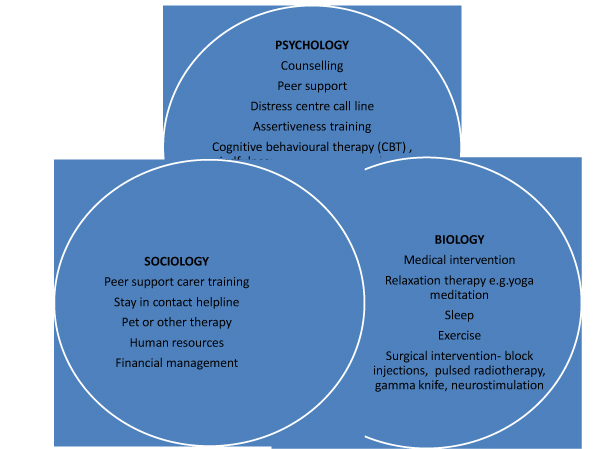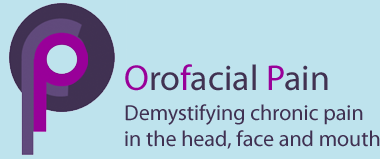Orofacial Pain Management for Clinicians
Overview
Trigeminal orofacial pain requires many management strategies as pain is so complex. Pain management will depend upon;
- It primarily involves sympathetic and compassionate consultation and specific skills in gaining the correct diagnosis
- Without a comprehensive history, examination, appropriate special tests and review; a correct diagnosis cannot be made
- management will depend upon the biological, psychological and environmental factors driving the pain suffering and behaviour
Many types of interventions will assist the patients in managing their pain. Non-medical treatments including music, pet, acupuncture, meditation, hypnotism and other therapies can be effective and helpful depending upon the patient. Conventional treatments for orofacial pain include;
Consultation
- Being heard, reassurance, investigations, confirmation of diagnosis (if possible), understanding the expectations and time.
- education is a very important part of the consultation and in many studies has a significant pain relief effect
- ensure the patient has support and access to care
Psychological
- CBT Pathway written Sarah Barker
- ACT
- Mindfulness
Medical intervention
- Medications for analgesia depending upon type of pain(s).
- antidepressants
- Tricyclics
- Amitriptyline
- Nortriptyline
- Selective serotonin re-uptake inhibitors or serotonin-specific reuptake inhibitors (SSRIs)
- Tricyclics
- antidepressants
- Citalopram (due to the potential for QT interval prolongation)
- Fluvoxamine
- Escitalopram
- Paroxetine
- Sertraline
- Fluoxetine
- Serotonin–norepinephrine reuptake inhibitors (SNRIs)
- Duloxetine
- Venlafaxine
- antieplieptics
- Gapapentin
- Pregabalin
- Oxcarbazepine
- Tegretol –carbamazepine
- Lamotrigine
- Analgesics
- paracetamol
- NSAIDs
- inbuprofen
- diclofenac
- opioids
- Tramadol
- Codeine
- others
- Baclofen
- antieplieptics
Surgical intervention
- Injections
- Diagnostic blocks
- Greater occipital nerve blocks
- Botox for Ne pain and headaches
- Implanted pain control systems Implanted pain control systems involve inserting devices under your skin or elsewhere in your body. The devices use medicine, electric current, heat, or chemicals to numb or block pain.
- Intrathecal drug delivery sends medicine to the area of your pain.
- Electrical nerve stimulation uses electric current to interrupt pain signals.
- Neurostimulation
- Deep brain stimulation
- Nerve ablation destroys or removes the nerves that are sending pain signals.
- Chemical sympathectomy uses chemicals to destroy nerves. This treatment may be used for a type of chronic pain called complex regional pain syndrome, which affects the nervous system.
- Pulsed radiotherapy
- Gamma knife
- Decompression is a type of surgery used for nerve pain, such as from trigeminal neuralgia. The doctor cuts open your skin and then tries to move away blood vessels or other body structures that are pressing on nerves and causing pain.
- Microvascular decompression (only for Trigeminal neuralgia)
If you want more details go to Pain Management in the Education section
Pain management is complex to reflect the immense complexity of pain. Effective pain management will depend upon gaining the correct diagnosis. The type of pain must be recognised and investigated appropriately (see below).

Pain management will also depend upon identifying the biological, psychological and environmental factors driving the pain suffering and behaviour:

Potential Management for various aspects of pain

Facial pain evidence-based management
Successful management of acute orofacial pain
Orofacial pain management – current perspectives
New pain management
Medical management of OFP
Is the WHO analgesic ladder still valid
NHS 2009nPAINCHRONIC_BPS_FEB06.pdf
OFP refs for pain management

